One might be tempted to think that technology driven gains in computer performance might be enough to keep up with the needs of design and verification tools. We know that design complexity is increasing at a rate predicted by Moore’s Law. We also know that the performance of the computers used during IC development benefit from … Read More
Author: Tom Simon
Safety qualification for leading edge IP elements – presentation at REUSE 2017 in Santa Clara
To ensure the reliability of automotive electronics, standards like AEC-Q100 and ISO 26262 have helped tremendously. They have created rational and explicit steps for developing and testing the electronic systems that go into our cars. These are not some abstract future requirement for fully autonomous cars, rather they are… Read More
RISC-V Business
I was at the 7[SUP]th[/SUP] RISC-V Workshop for two days this week. It was hosted by Western Digital at their headquarters in Milpitas. If you have not been following RISC-V, it is an open source Instruction Set Architecture (ISA) for processor design. The initiative started at Berkeley, and has been catching on like wildfire. … Read More
Seeking Solution for Saving Schematics?
Schematics are still the lynchpin of analog design. In the time that HDL’s have revolutionized digital design, schematics have remained drawn and used much as they have been for decades. While the abstraction of HDL based designs has made process and foundry porting relatively straightforward, porting schematic based designs… Read More
High performance processor IP targets automotive ISO 26262 applications
The reason you are seeing a lot more written about the ISO 26262 requirements for automotive electronics is, to put it bluntly, this stuff is getting real. Driver assist systems are no longer only found in the realm of Mercedes and Tesla, almost every car in every brand offers some driver assist features. However, the heavy lifting… Read More
Synopsys discusses the challenges of embedded vision processing
Before the advent of convolutional neural networks (CNN), image processing was done with algorithms like HOG, SIFT and SURF. This kind of work was frequently done in data centers and server farms. To facilitate mobile and embedded processing a new class of processors was developed – the vision processor. In addition to doing a … Read More
The perfect pairing of SOCs and embedded FPGA IP
In life, there are some things that just go together. Imagine the world without peanut butter and jelly, eggs and potatoes, telephones and voicemail, or the internet and search engines. In the world of computing there are many such examples – UARTS and FIFO’s, processor cores and GPU’s, etc. Another trait all these things have is… Read More
Open source RISC-V ISA brings a new wrinkle to the processor market
By now most people are quite comfortable with the idea of using an open source operating system for many computing tasks. It speaks volumes that Unix, and Linux in particular, is used in the vast majority of engineering, financial, data base, machine learning, data center, telecommunications and many other applications. It was… Read More
Implementing IEEE 1149.1-2013 to solve IC counterfeiting, security and quality issues
As chips for any design are fabricated, it turns out that no two are the exactly the same. This is both a blessing and a curse. Current silicon fabrication technology is amazingly good at controlling factors that affect chip to chip uniformity. Nevertheless, each chip has different characteristics. The most extreme case of happens… Read More
A better way to combine PVT and Monte Carlo to improve yield
TSMC held its Open Innovation Platform Forum the other week on September 13[SUP]th[/SUP]. Each year the companies that exhibit at this event choose to highlight their latest technology. One of the most interesting presentations that I received during the event was from Solido. In recent years they have produced a number of groundbreaking… Read More



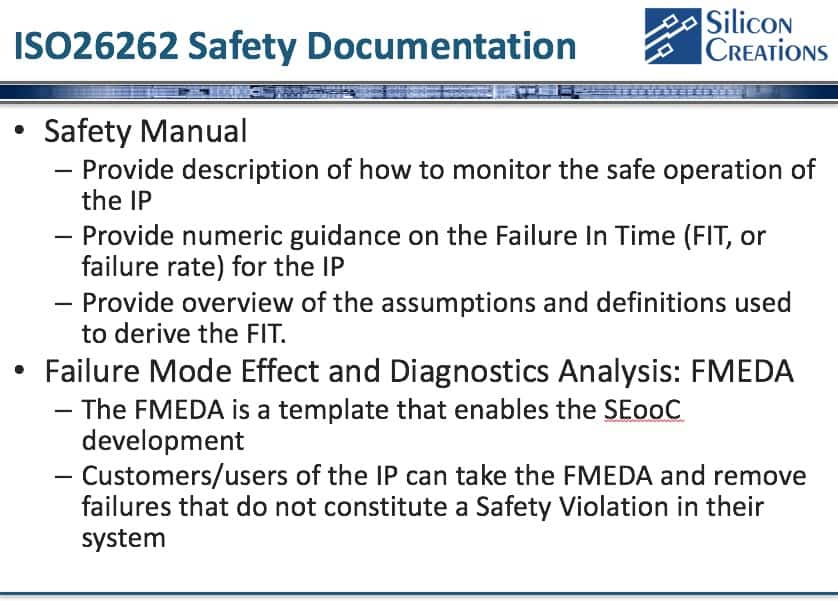
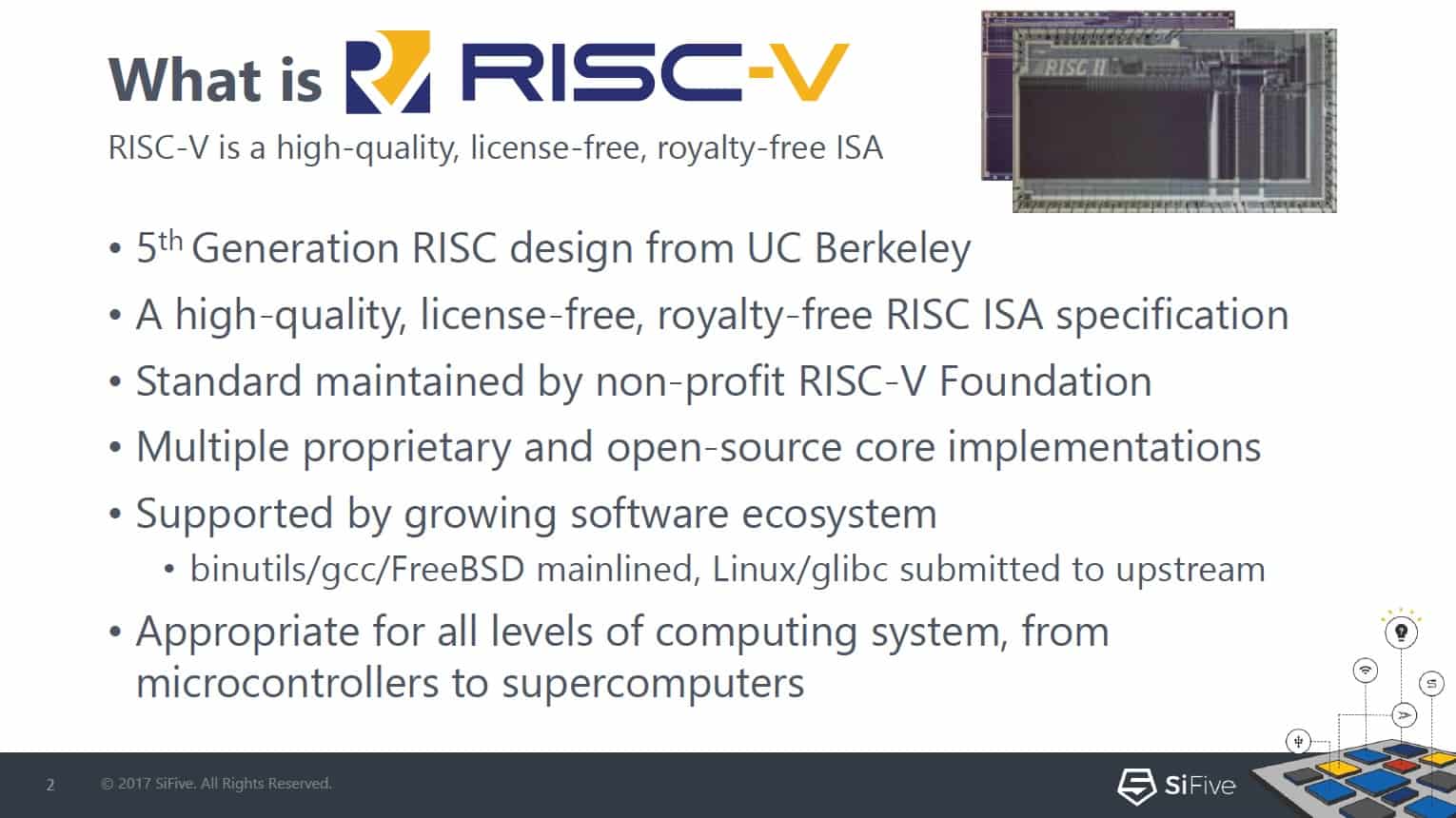

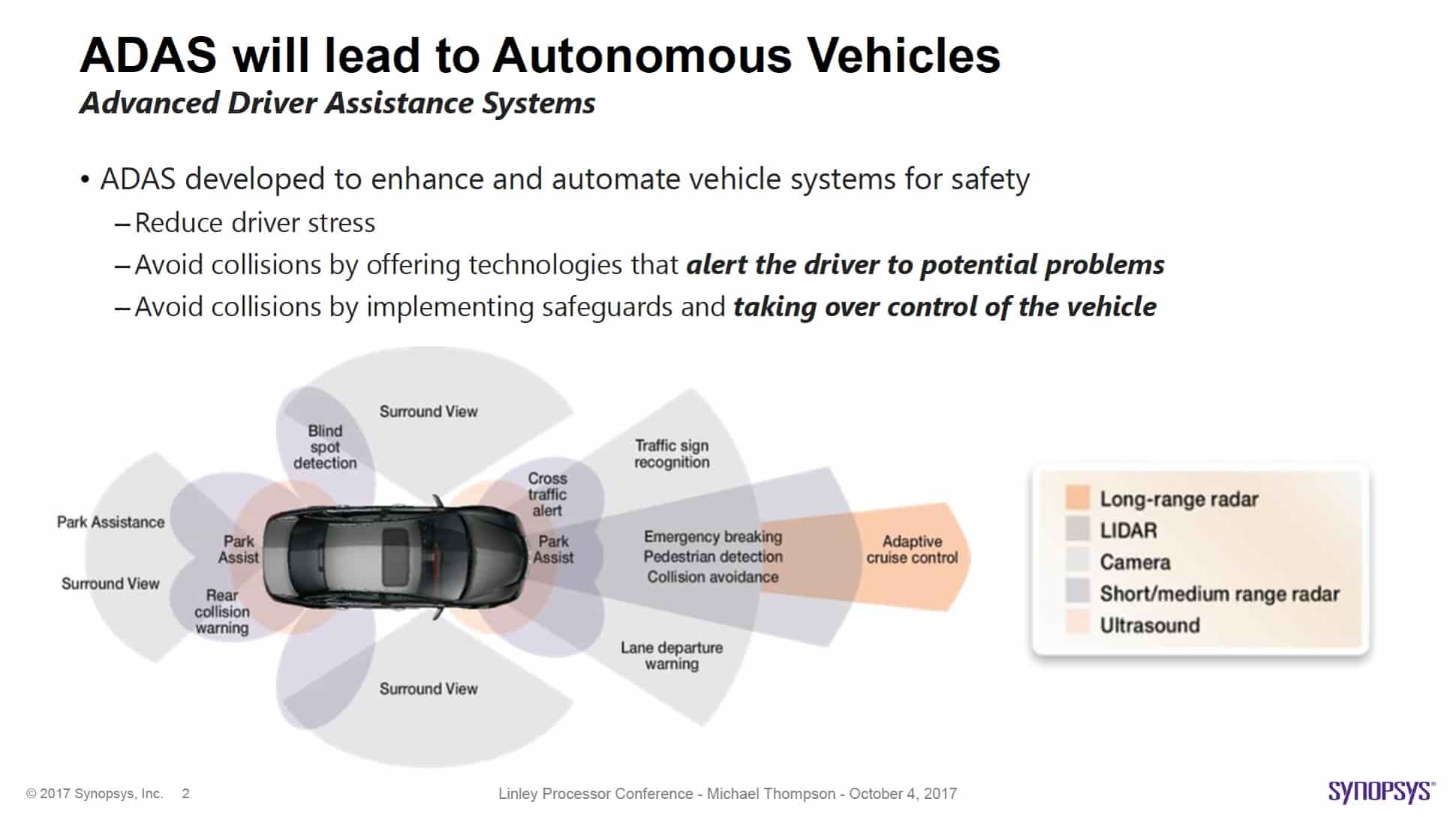
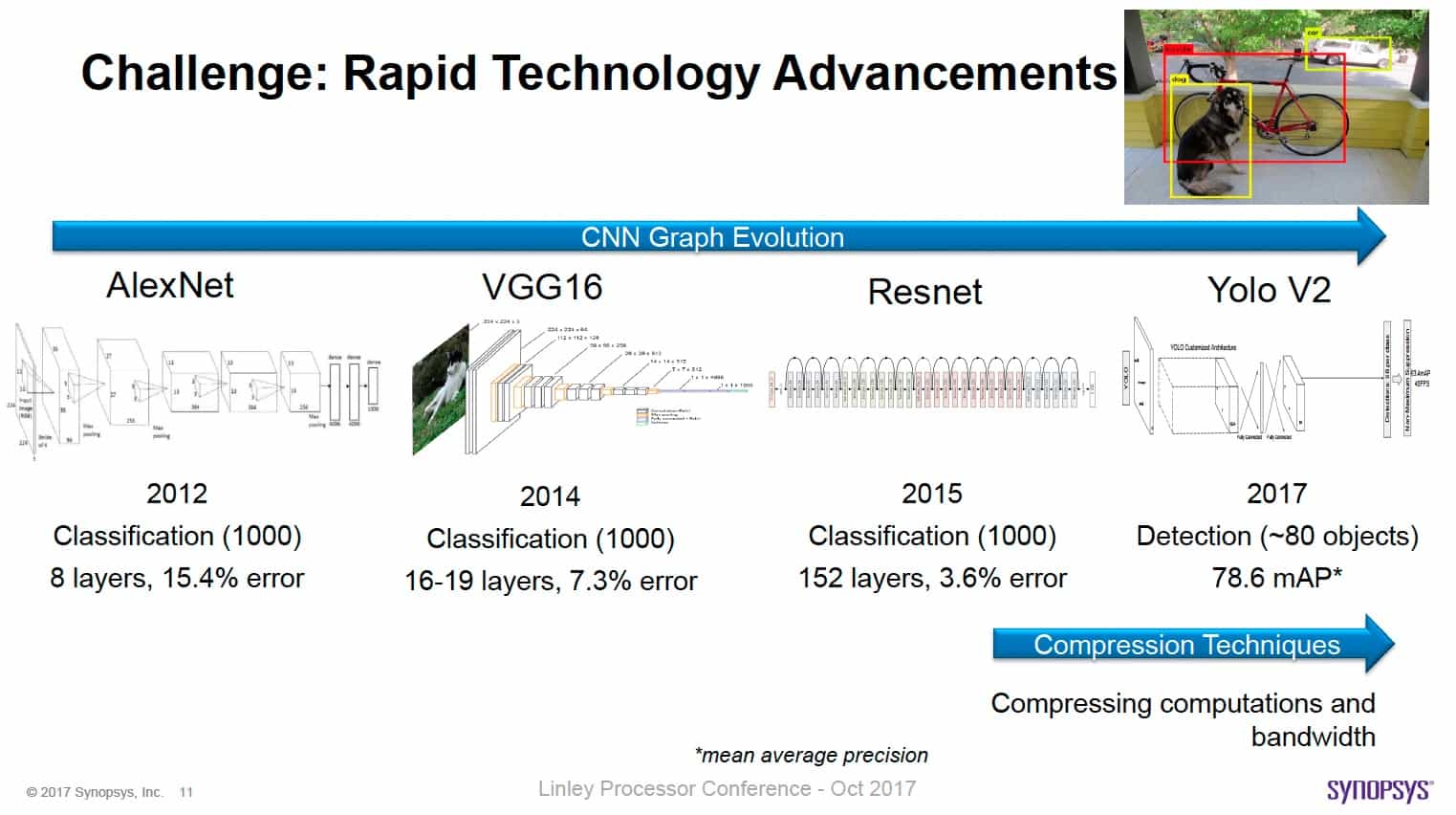
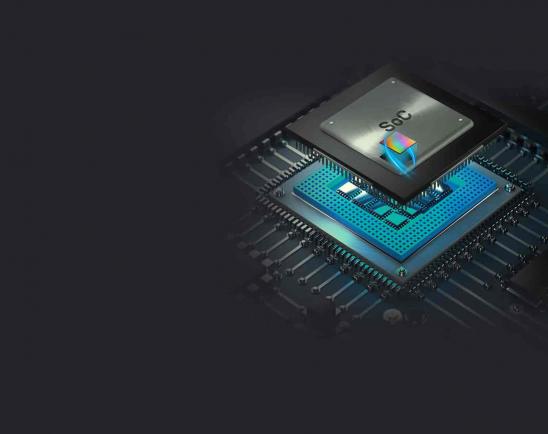
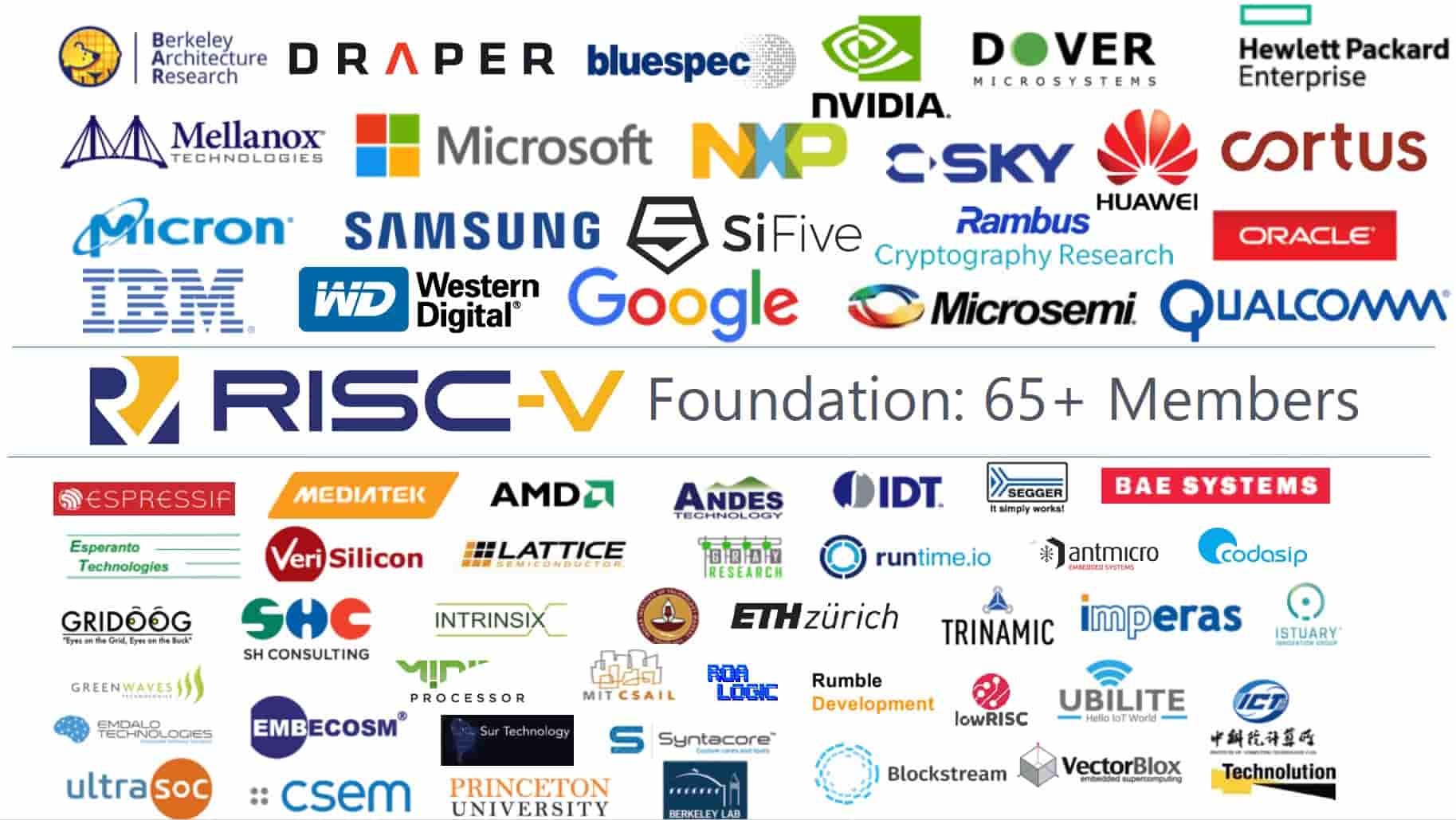
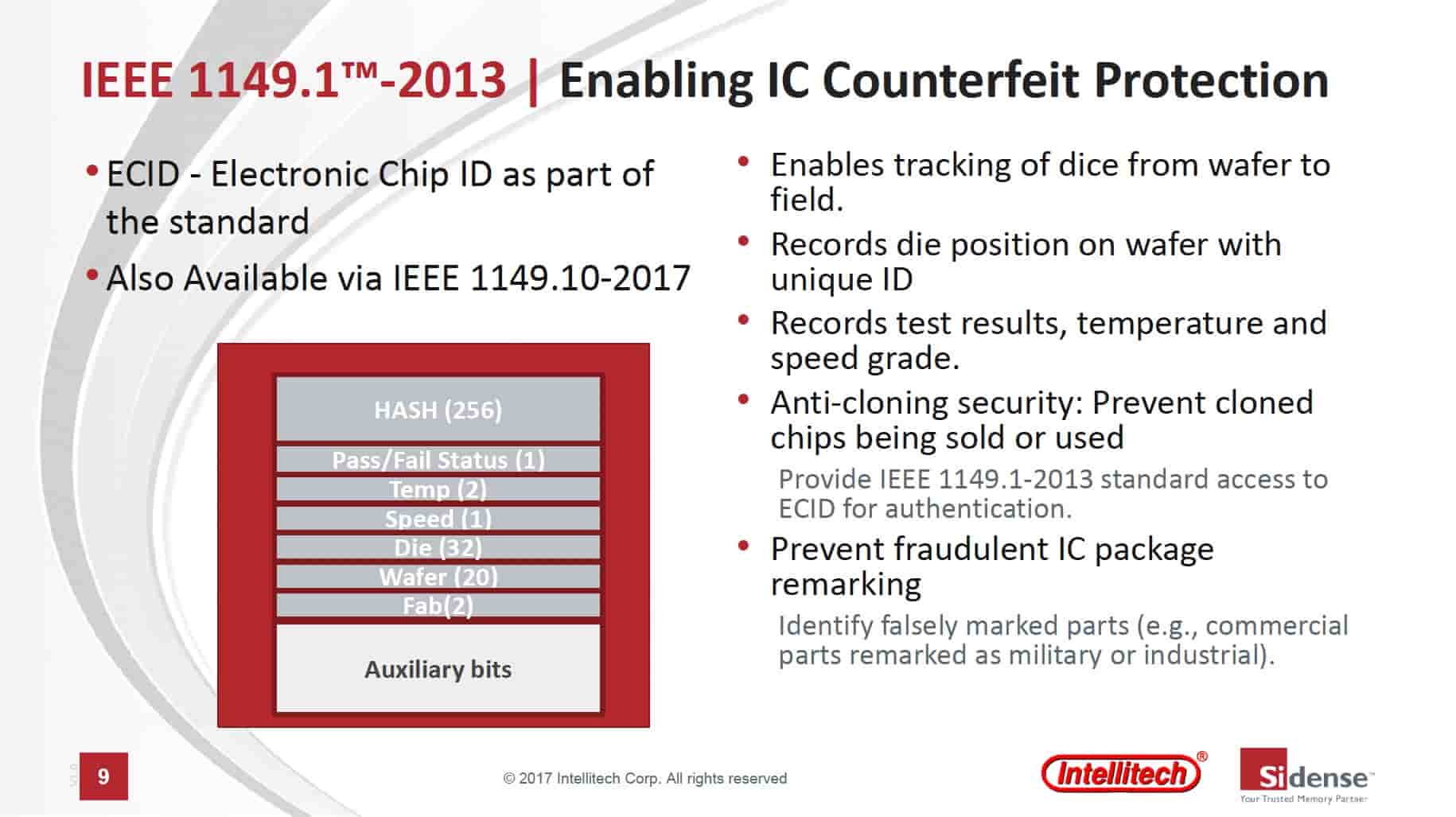








The Quantum Threat: Why Industrial Control Systems Must Be Ready and How PQShield Is Leading the Defense